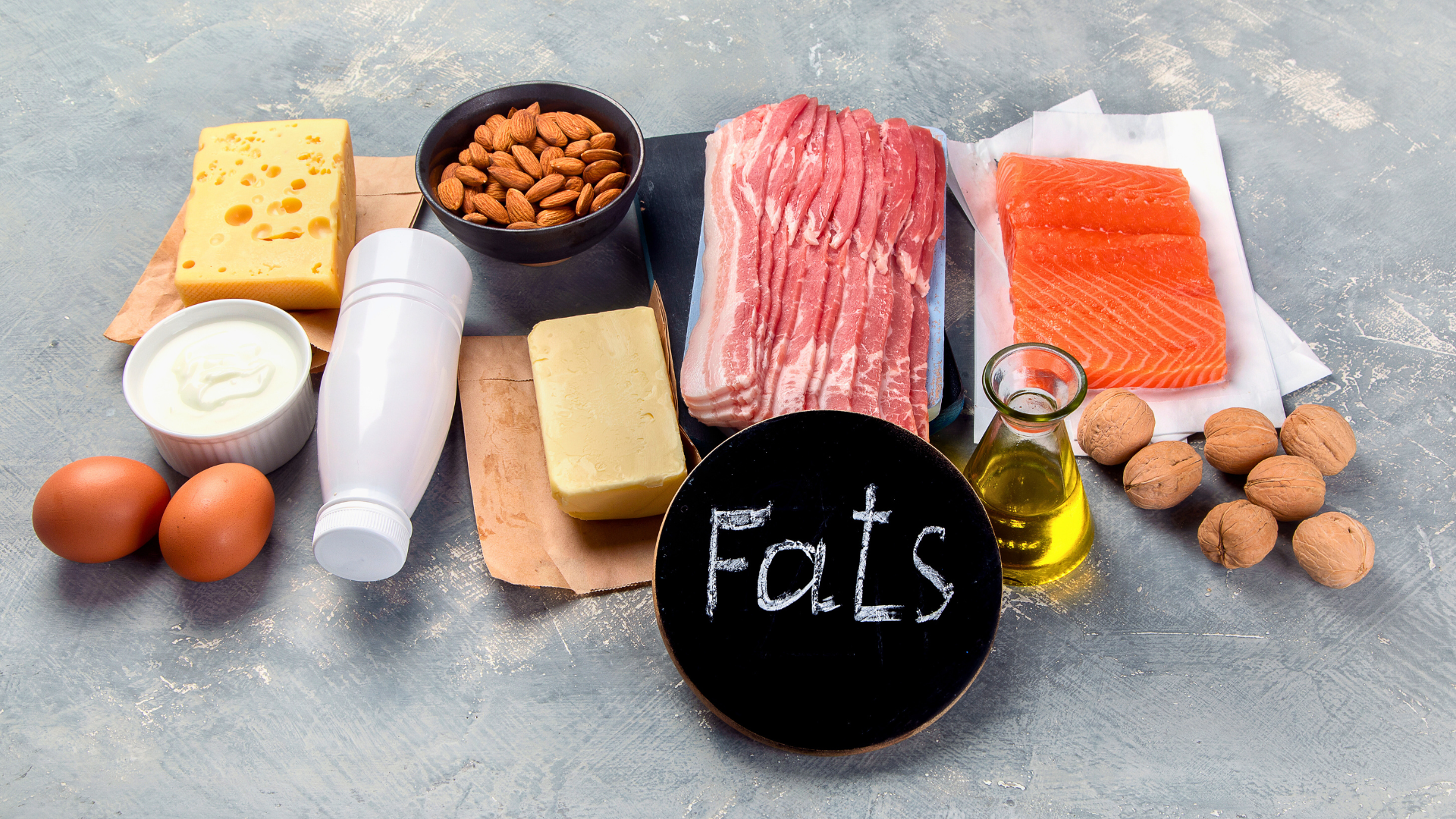Respiratory Training: A Neglected but Significant Training Modality
Respiratory Training
Respiratory training is the deliberate modification of how we usually breathe throughout the day by implementing specific exercises and techniques to eventually improve oxygen uptake, lung function, and overall well-being and enhance athletic performance. Respiratory training aims to strengthen the diaphragm, which is the primary muscle of respiration, as well as the inspiratory rib cage muscles. This will eventually increase lung capacity and optimize oxygen delivery to the body’s tissues, including muscles, at rest and during exercise.
Respiratory training can be applied through various techniques based on the ultimate goal and what best suits the individual. The most popular type of respiratory training is diaphragmatic breathing. It can be performed in a supine position, sitting or standing, based on the practice level of the individual. When you first learn the diaphragmatic breathing technique, you should practice it lying on your back. Bend your knees and support your head using a pillow or a folded towel to relax your neck and shoulder muscles. Place one hand on your upper chest and the other on your belly below your ribcage to feel your diaphragm moving up and down. Breathe slowly through your nose so your stomach pushes out, causing your hand to rise. The hand that lies on your chest should remain as still as possible. To exhale, pursue your lips as if you are going to whistle or gently blow on a hot drink. Exhale slowly and gently through your pursed lips by tightening your abdominals so that your stomach moves in.
Two other common forms of respiratory training include inspiratory muscle training (IMT) and yogic breathing. IMT involves breathing exercises using a pressure threshold device to strengthen the inspiratory muscles, such as the external intercostals. It’s a form of resistance training for these muscles since it strengthens them, improving stamina and reducing breathing fatigue. It is performed sitting or standing, where the individual puts on a nose clip, holds the IMT device by the handle grip, and places the mouthpiece in the mouth. They breathe out as far as they can and take a fast, forceful breath through their mouth, trying to breathe as much air as they can while expanding their chest. They then breathe out slowly with minimal effort while letting their shoulders relax. Yogic breathing, also referred to as pranayama, is mainly practiced through the guidance of a certified yoga instructor. It involves breath control via patterns and variations in respiration rate, with specific instructions regarding the number of breaths over a certain period of time. Some variations of yogic breathing include alternate nostril, paced, and box breathing.
Respiratory training is mainly used by people suffering from breathing problems such as asthma and chronic obstructive pulmonary disease (COPD). COPD is a group of respiratory diseases that cause airflow obstruction and breathing-related problems, such as dyspnea. It includes emphysema and chronic bronchitis and is the fourth leading cause of death in the US. However, respiratory training is also regularly used by athletes who wish to improve their sports performance by strengthening their breathing muscles, thus improving breathing stamina and strength, and eventually endurance during aerobic exercise.
The benefits of respiratory training are due to a combination of physiological mechanisms. Two of the main mechanisms are increased oxygen delivery and improved tissue oxygenation. Respiratory training allows increased amounts of oxygen to enter the bloodstream through the lungs, enhancing oxygen delivery to the body’s tissues and organs, such as the working muscles. The improved tissue oxygenation is crucial for the proper functioning of cells. It promotes metabolic processes which require oxygen to be attained and produce energy, which is valuable for accomplishing vital cellular functions. The increased cellular energy produced is in the form of adenosine triphosphate (ATP). ATP is the primary energy source for cells and derives from this increased metabolic function attained through respiratory training. Another vital mechanism through which respiratory training works is wound healing. Adequate oxygen levels are necessary for tissue repair and regeneration as well as angiogenesis (the growth of new blood vessels) in the injured area.
Regarding mechanisms around lung mechanics per se, respiratory training alleviates the strain on the respiratory system by strengthening inspiratory muscles, better controlling breath, and eventually making breathing easier. Therefore, it reduces the effort required to breathe (work of breathing) and improves oxygen exchange in the lungs. This is particularly helpful when oxygen demand increases, as happens in pulmonary diseases and/or during exercise. Especially when the intensity of exercise increases, the breathing volume or ventilation must also rise to cope with the oxygen demand. The inspiratory muscles must contract more forcefully and rapidly to keep pace with the substantial increase in metabolism, and this process can be attained through respiratory training.
Each proposed mechanism above can lead to several benefits that respiratory training may offer an individual who regularly practices it. One of the most important benefits associated with the first two mechanisms described above is the reduction of lung disease symptoms, such as shortness of breath (at rest and during exercise), whizzing, chest tightness, and lack of energy. Therefore, people suffering from pulmonary diseases can have a much better quality of life by participating and enjoying all aspects of life. By improving lung health-related symptoms, respiratory training can vastly enhance sleep quality. Many people with compromised lung function face sleeping-related breathing disorders, with sleep apnea being the most common. Engaging in respiratory training techniques can significantly decrease these symptoms, resulting in better sleep and reduced daytime fatigue.
Nevertheless, as already mentioned, respiratory training can also lead to improved physical performance, which most athletes long for. Elevated oxygen uptake can increase the amount of lung capacity a person is able to use per breath (tidal volume) as well as the oxygen delivered to the working muscles during exercise, thus improving cardiovascular endurance during exercise or sports activities, such as running and cycling. Lung capacity and cardiovascular endurance are also assessed through the active test performed by the PNOĒ metabolic analyzer. Their respective metrics in the PNOĒ active reports are expressed as aerobic health and respiratory capability, respectively. Respiratory training can further enhance athletic performance by contributing to the recovery process after exercise. It helps reduce muscle soreness, accelerate tissue repair, and promote faster recovery between workouts. This increased recovery capacity is also assessed and depicted in the PNOĒ active reports.
Respiratory training also strengthens the inspiratory muscles and improves breath control at rest and during exercise. Therefore, it helps improve breathing and posture as well as breathing and stability, metrics provided in the PNOĒ resting and active metabolic reports, respectively. As a result, musculoskeletal problems, especially in the spine, arising from not breathing properly, thus not properly activating the deep core muscles, especially during exercise, can be avoided. Lastly, respiratory training can improve brain oxygenation, enhancing cognitive performance, improved concentration, and mental clarity at rest and during exercise. These are also metrics assessed through the PNOĒ metabolic analyzer (the breathing & cognition metrics in both the resting and active metabolic reports).
Respiratory training is the deliberate modification of how we usually breathe by implementing specific exercises and techniques. Its benefits are due to a combination of mechanisms, including increased oxygen delivery, improved tissue oxygenation, increased energy (ATP) levels, and enhanced respiratory muscle strength. These mechanisms work together to reduce lung disease symptoms and improve sleep quality, sports performance, recovery, and brain function.
References
- Ambrosino N. Inspiratory muscle training in stable COPD patients: enough is enough? Eur Respir J. 2018;51(1):1702285
- Basso-Vanelli RP, Di Lorenzo VAP, Labadessa IG, Regueiro EMG, Jamami M, Gomes ELFD, Costa D. Effects of inspiratory muscle training and calisthenics-and-breathing exercises in COPD with and without respiratory muscle weakness. Respir Care. 2016;61(1):50-60
- Bostanci O, Mayda H, Yilmaz C, Kabadayi M, Yilmaz AK, Ӧzdal M. Inspiratory muscle training improves pulmonary functions and respiratory muscle strength in healthy male smokers. Respir Physiol Neurobiol. 2019;264:28-32
- de Medeiros AIC, Fuzari HKB, Rattesa C, Brandão DC, de Melo Marinho PÉ. Inspiratory muscle training improves respiratory muscle strength, functional capacity and quality of life in patients with chronic kidney disease: a systematic review. J Physiother. 2017;63(2):76-83
- HajGhanbari B, Yamabayashi G, Buna TR, Coelho JD, Freedman KD, Morton TA, Palmer SA, Toy MA, Walsh C, Sheel AW, Reid DW. Effects of respiratory muscle training on performance in athletes: a systematic review with meta-analyses. J Strength Cond Res. 2013;27(6):1643-1663
- Illi SK, Held U, Frank I, Spengler CM. Effect of respiratory muscle training on exercise performance in healthy individuals: a systematic review and meta-analysis. Sports Med. 2012;42(8):707-724
- Walterspracher S, Pietsch F, Walker DJ, Röcker K, Kabitz H-J. Activation of respiratory muscles during respiratory muscle training. Respir Physiol Neurobiol. 2018;247:126-132
An Ounce of Prevention - Hyperion Health Blog




